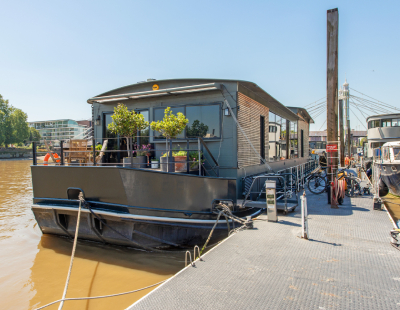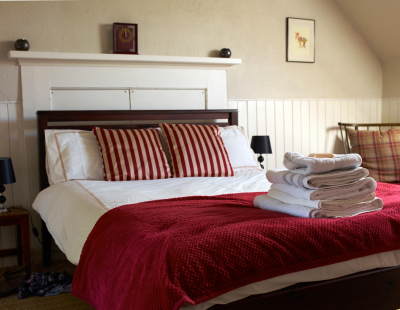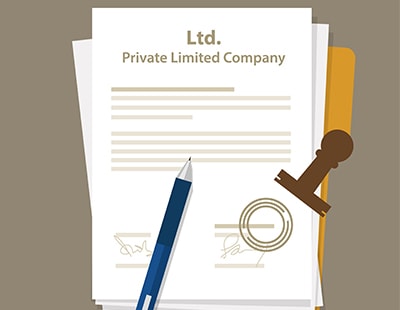Let’s look at how buy-to-let property investment works in 2019.
The pros and cons
As with any investment, buy-to-let has advantages and disadvantages. Its benefits include:
Income generation – By investing wisely, you can earn enough from a property portfolio to replace your employment income, giving you freedom to focus on the things you love. Buy-to-let is also a great way to supplement a pension.
Capital growth – Over the long term, the value of property investments should increase. Buy-to-let property investments can therefore form part of your pension pot for retirement, or part of a nest egg for your children.
Spreading risk – All investments come with risk, so it makes sense to spread that risk. And if you’ve already invested in pensions, bonds and shares, buy-to-let property allows you to diversify.
However, property investment has its risks and limitations, too, including:
Time commitment – As a landlord, you are responsible for managing your property. You will have to deal with either tenants or letting agents, and handle maintenance requests and complaints, which can be time-consuming and expensive.
Limited access to your money – It can take time to sell property, so you may not be able to access your money in a hurry. This differs to shares, bonds and gilts, which you can sell relatively quickly.
Capital loss – Property values can go down as well as up, so there is no guarantee you will get your full investment back.
Potential income loss – The income from a buy-to-let property investment relies on the rent you receive. But if you find yourself without a tenant at any point, or if your tenants refuse to pay, you won’t have an income and you’ll still have to pay the mortgage.
These considerations mean that buy-to-let property investment isn’t for everyone. But if you have the available capital, it can be a great investment.
The costs of investing in buy-to-let property
There are several costs to consider when investing in buy-to-let property, including:
Conveyance costs – Buying a property can be a complicated process. You’ll need to pay a solicitor or licensed conveyor to carry out the legal work.
Stamp Duty Land Tax (SDLT) – Buy-to-let properties now come with an extra 3% SDLT surcharge on their value. This applies to all residential dwellings worth more than £40,000.
Refurbishment costs – To attract the best tenants, your property needs to be in great condition. And if it needs refurbishment, you’ll have to fund it. You can, however, offset at least some of these costs against your taxable income.
Strategic investment: Types of buy-to-let property
But what kind of property should you invest in? Your four main options are:
Single let properties
A single let property is a house or flat let out to a single person or family. They are the most common choice for new investors, offering a relatively simple, low-maintenance way of entering the buy-to-let market.
Houses of multiple occupation (HMOs)
HMOs or ‘multi-lets’ are large properties where tenants rent an individual room. Typically, each tenant will have their own tenancy agreement, covering all bills as well as the rent. These properties are more demanding as you have more regulations to follow, but they also offer higher returns on your investment.
Commercial properties
Commercial properties, such as shops and restaurants, have become a popular investment option recently, partly due to changes in how residential properties are taxed. SDLT rates are cheaper for commercial properties, and the 3% SDLT surcharge does not apply. You can also offset all mortgage interest against the commercial property rental income.
Holiday lets and serviced accommodation
Holiday lets are taxed like commercial properties, so you can offset 100% of the mortgage interest against the rental income. And while managing a holiday let is more demanding than a standard residential single let, a good letting agency can handle the extra work for you.
Is buy-to-let investment for you?
Buy-to-let property investment can be a great earner, both through rental income and capital growth. But you do need to do some research first, as the best investment for you will depend on your circumstances.
It’s always best to seek advice from financial advisors and accountants before making any big decisions.
Simon Misiewicz is a Tax Consultant at property tax specialists Optimise Accountants









.jpg)
.png)









Join the conversation
Jump to latest comment and add your reply
Simon, good points but please mention, "Leases and freeholder charges". These are getting to be a very considerable, expensive menace and as primary leaseholders seek to prevent enfranchised tenants from buying their freeholds that menace is increasing all the time. Flat and house buyers face very real financial risks.
There are two situations where these risks are very high indeed, unobtainable fire certificates and lease renewals as the original leasholds near their end date. there may also be subleases in force as well. This is even more complicated when you find estate agents don't understand the problems, or, wilfully ignore them.
I Have been through two expensive lease buyouts which have worked out well but I had bought leased properties with known risk. If these buyouts had gone wrong I would now be looking at very low capital value leased property sales with only tenants' rents being of any value.
Please login to comment